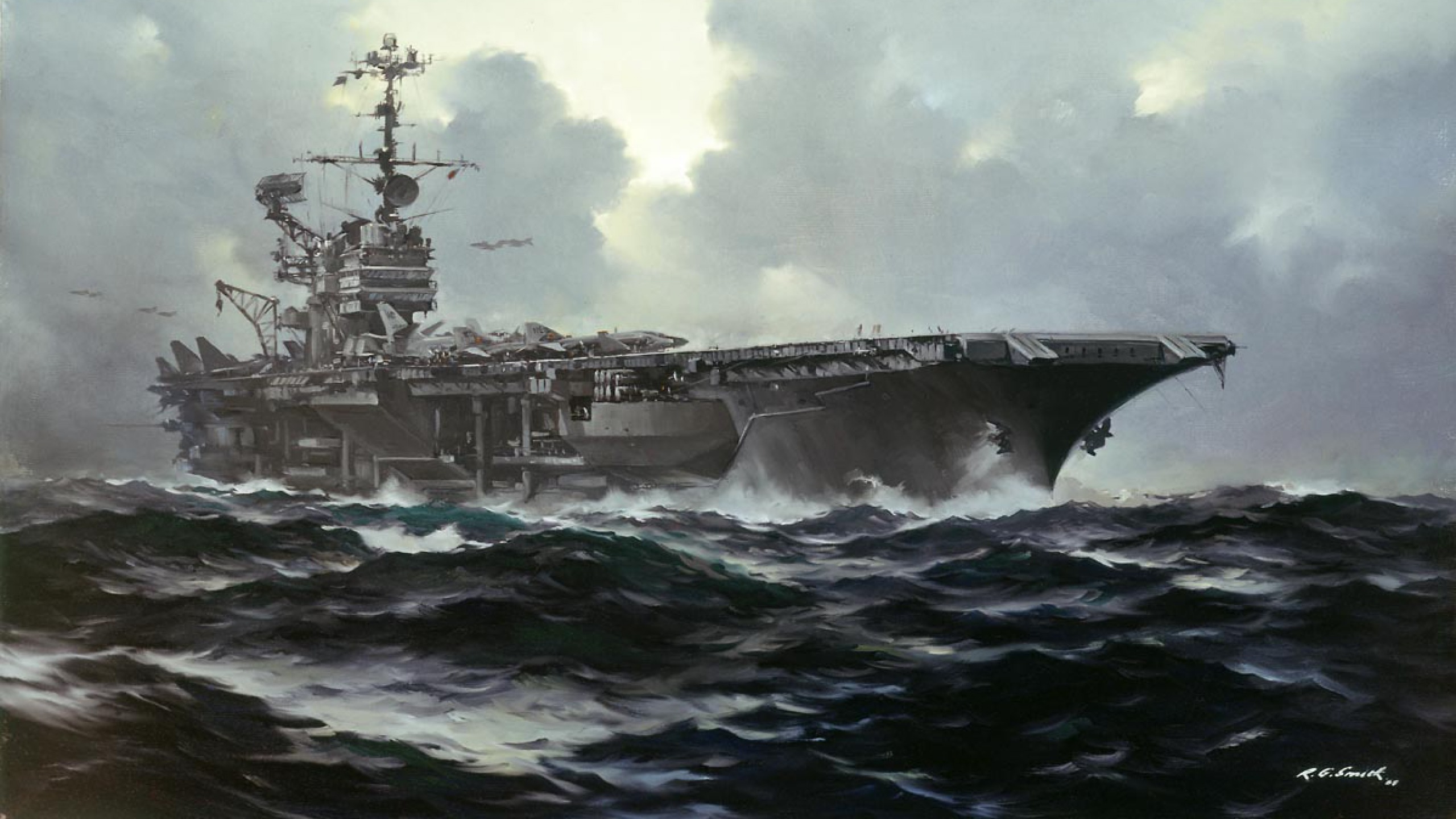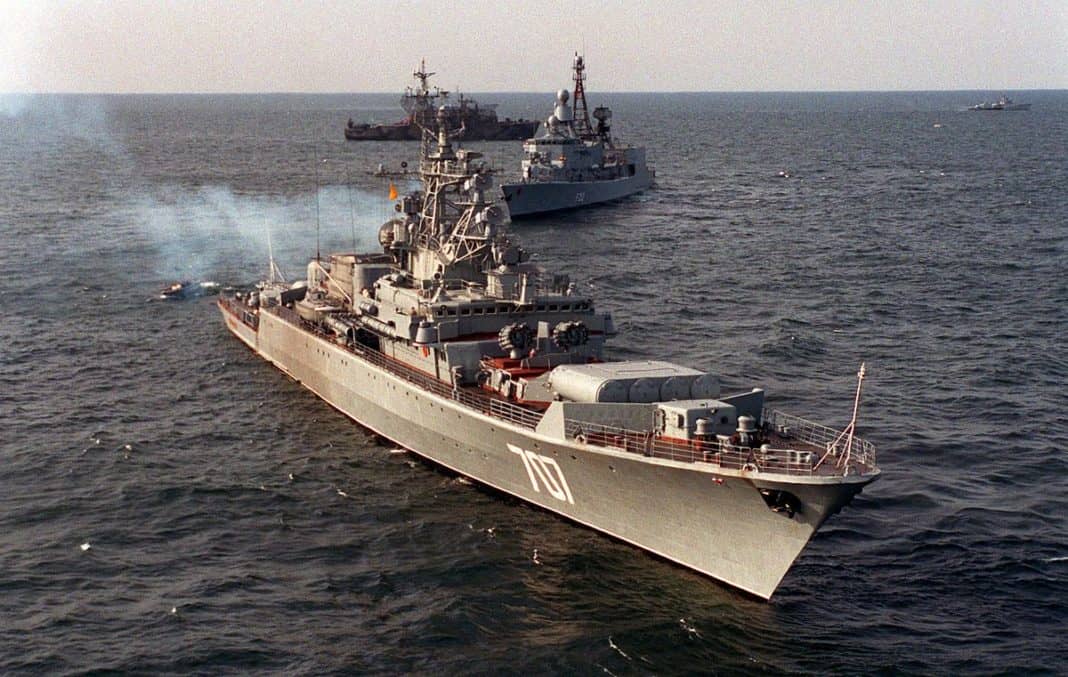
Toll describes naval battles with the dramatic flair of a Patrick O'Brian. Navy's) first victory, in 1799 over the French raider L'Insurgente in the Caribbean's Quasi War, to mopping up the Barbary pirates during the Tripolitan War of 1801-05, to fighting the Royal Navy, which possessed 600 active warships to America's 16, in the War of 1812. The rest of Toll's book - more than 400 pages - follows the exploits of these newly minted warships, from the Constellation's (and the U.S. Despite obstacles they succeeded in building six frigates - United States, Constitution, Constellation, President, Congress and Essex. Toll goes into great detail about how American shipbuilders, who had no experience constructing warships, managed to accomplish their Herculean task. Fear of growing federal power and fear of high taxes also fed anti-navy sentiment.įinally, on March 10, 1794, Congress approved the sum of $688,888 to build six frigates (medium-sized warships) to be used specifically to police the Mediterranean. But many in Congress, especially those with agricultural interests, maintained that America's destiny lay in the vast land to the west. Hamilton and Madison wanted a navy to defend America's long, unprotected coastline. Jefferson yearned for a navy to finish off the Barbary pirates. Situations such as this - and the author describes many in Six Frigates - sparked serious debate about the formation of a navy among Jefferson, Alexander Hamilton, John Adams, James Madison and others. Begging for their lives, they implored Jefferson and Congress to pay their ransoms. When Algerian pirates seized two American ships in July 1785, the captives wrote to Thomas Jefferson, then stationed in Paris. Women were either raped or sold into harems. Not only did pirates from these states confiscate cargo, but they also captured crew and passengers, hauled them to port in chains and either imprisoned them or sold them as slaves.

The Barbary states of Tripoli, Tunis, Algiers and Morocco were the culprits.

The first attacks on American merchant vessels came in the Mediterranean, where piracy had been a danger for centuries, Toll tells us. The question now became: How would the new nation, whose merchant ships plied the oceans of the world, protect them? When the virtually navy-less Colonies gained their independence, they found themselves without the British Royal Navy's protection of their merchant fleet - a protection they had enjoyed before 1776. But they were "weakly constructed and easily overwhelmed in action," Toll writes. At the outset of the American Revolution, Toll writes, the Continental navy "was a wasteful and humiliating fiasco." Since American shipbuilders possessed neither naval combat experience nor the expertise required to build warships, the new nation was forced to convert its merchant vessels into warships.


 0 kommentar(er)
0 kommentar(er)
